Fenix Simulations shows the remarkable simulation of its A320 fuel and hydraulic systems
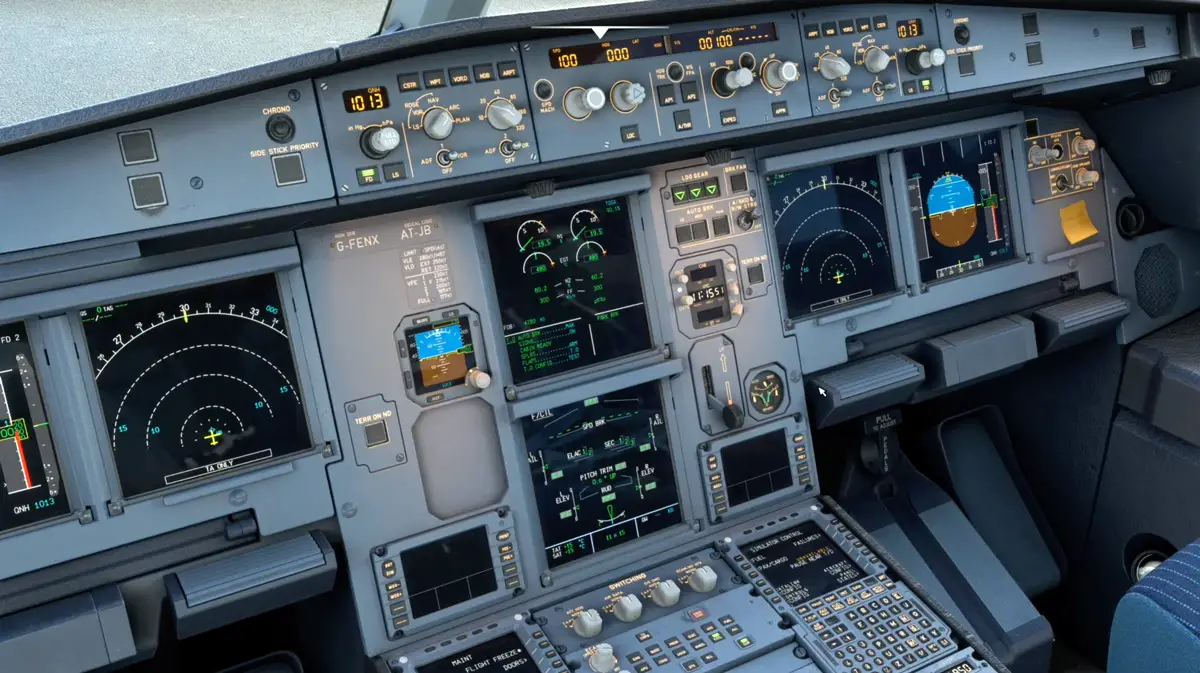
The Fenix Simulations Airbus A320 suddenly and spectacularly became one of the most exciting new airplanes to be coming to Flight Simulator in the near future. The team is devoted to creating an incredibly in-depth simulation of their aircraft and previewed today the lengths that they are going to recreate the A320’s underlying hydraulics and fuel systems. It’s kinda ridiculous, really, but in a good way!
In the latest development update posted on the project’s official website, Aamir Thacker, the Project Lead, wrote an extensive and, quite frankly, startling overview of how the aforementioned systems are being simulated in the Fenix Sim A320. It’s a “dense, very dense technical update” that details how every valve in this airplane has been modeled, and the implications of this on each system and control surface. It even includes some videos that show all of this in action.
Starting with the hydraulics, Fenix Sim is simulating the entire behavior of the fluids, down to the way certain failures may occur not because some switch is turned off, but because pressure has dropped somewhere down the tubes, which will eventually interfere with the operation of the flaps, for instance. This is a rather simplified way to put things (you should definitely read the entire explanation!), but shows how deep this team is going with their work in this A320.
The fuel system is similarly simulated, right down to heat transfer mechanics. It is not only necessary to power the engines but also, perhaps surprisingly, serves as a coolant to the integrated drive generator (IDG), which powers the airplane’s electric systems. This leads to some interesting possibilities and scenarios, such as overheating fuel tanks or detailed pump logic simulation.
The entire thing is a fascinating read from top to bottom, even though, as a virtual pilot, one could probably care less about how the aircraft operates under the hood. Still, this update definitely continues to raise the expectations about this project, and we can’t wait to learn more!








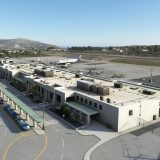
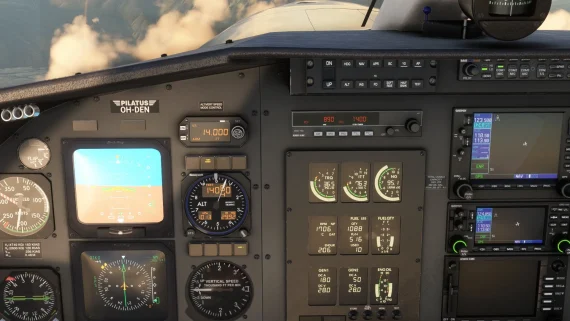
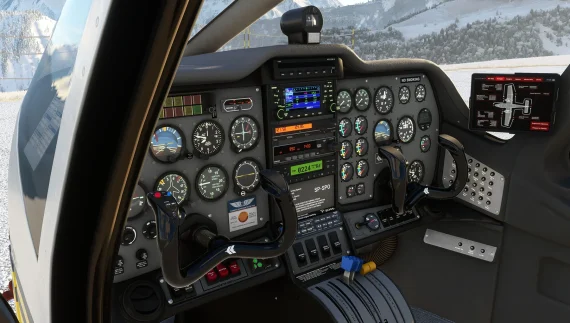
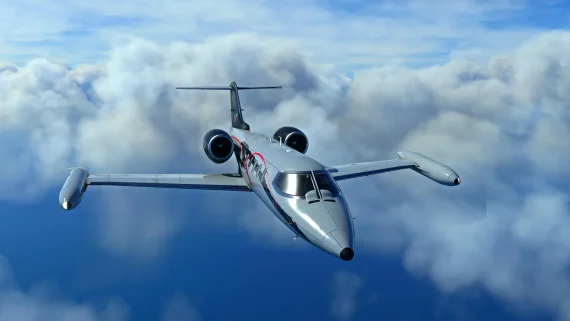











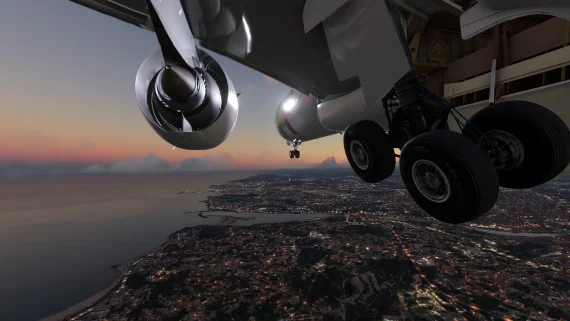
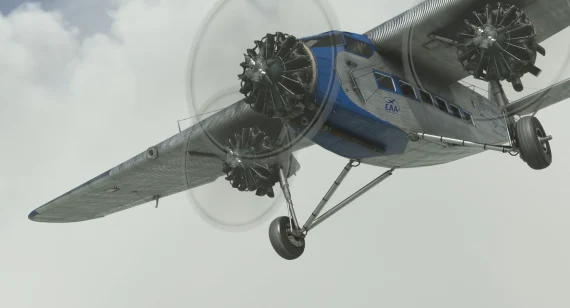

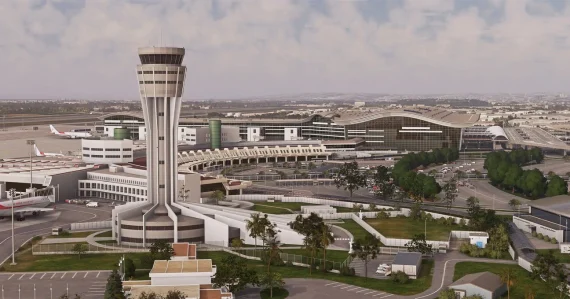

jaap
super hoor
SevenDeltaTango
I sure hope it comes with a 900 page manual!
This is looking to be study level, all the way.